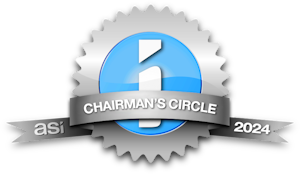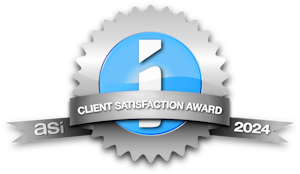
Web design best practices for associations and non-profits never stop changing, but let’s freeze this particular moment in time and consider two of the most important aspects right now.
Update Your Personas
A persona – a detailed profile of a hypothetical average visitor, which represents a segment of your membership – can be a handy tool for most marketing and communications, and especially for web design. For associations redesigning a website, a persona update and evaluation can make all the difference in how well the site serves your membership.
What are the right kinds of details?
A classic association story gives some insight in an example of how a certain librarian persona led an association to properly choose the right content for their site, but left them in the dark about how their membership preferred using the service.
For real-world answers, the association reached out to the community and polled their members. The answers helped them see options that simply would not have occurred to them otherwise.
Technology constantly changes, and people change in how they use it. Don’t make the mistake of assuming that your members’ online habits and expectations are the same as they were five years ago. To develop a site that truly serves and satisfies its user, you should provide your web designer with updated, realistic personas.
You should have enough detail in a persona to be able to visualize navigating your site through their eyes. Try answering these questions:
- When members visit the website, what are the actions they will want to perform
- Where ultimately do they want to land?
When you answer both questions, you can optimize the layout of your site to make it easier for your membership to get what they need.
Evaluate Your Content Management System (CMS)
If you go deep enough using personas to engineer the best possible member experience, you may eventually run up against your own database.
If you’re like most associations, your services are managed by increasingly complex CMS, association management systems (AMS), and learning management systems (LMS), the boundaries between which are becoming unclear. Your website’s design is shaped by how these systems work, and the less connected they are, the more obnoxious your site will be to use.
Personas can help you here, too, because they reveal which actions users want and which ones are currently obtuse for them. And, you can more easily discover if the problem is inherent in how your database is set up.
Resolution doesn’t always mean completely new systems, but a word to the wise: If you’re moving beyond a simple website redesign to implementing a new backend, prepare for unforeseen consequences.
Sometimes there are simple-to-implement solutions, but you shouldn’t take those for granted. Make sure that you understand the complexities and consequences of whatever solution you employ. And, of course, you should always work with a service provider that you trust.
 For more information on responsive web design for associations and nonprofits, or to begin the process yourself, give us a call at 301.519.3776. We’re always happy to help.
For more information on responsive web design for associations and nonprofits, or to begin the process yourself, give us a call at 301.519.3776. We’re always happy to help.


